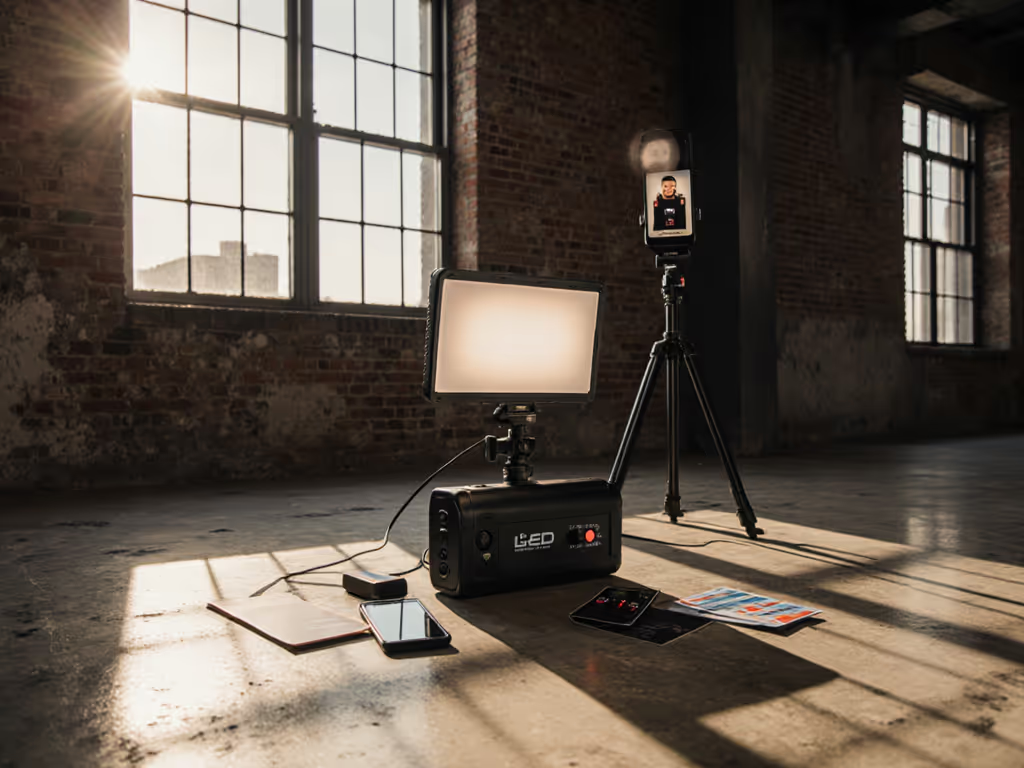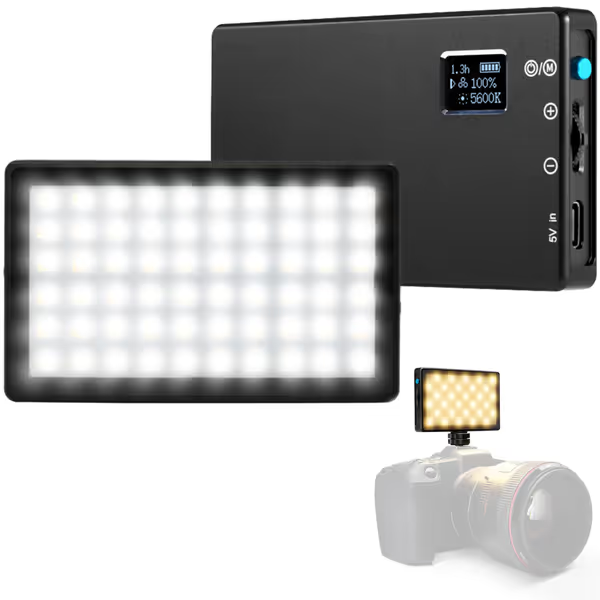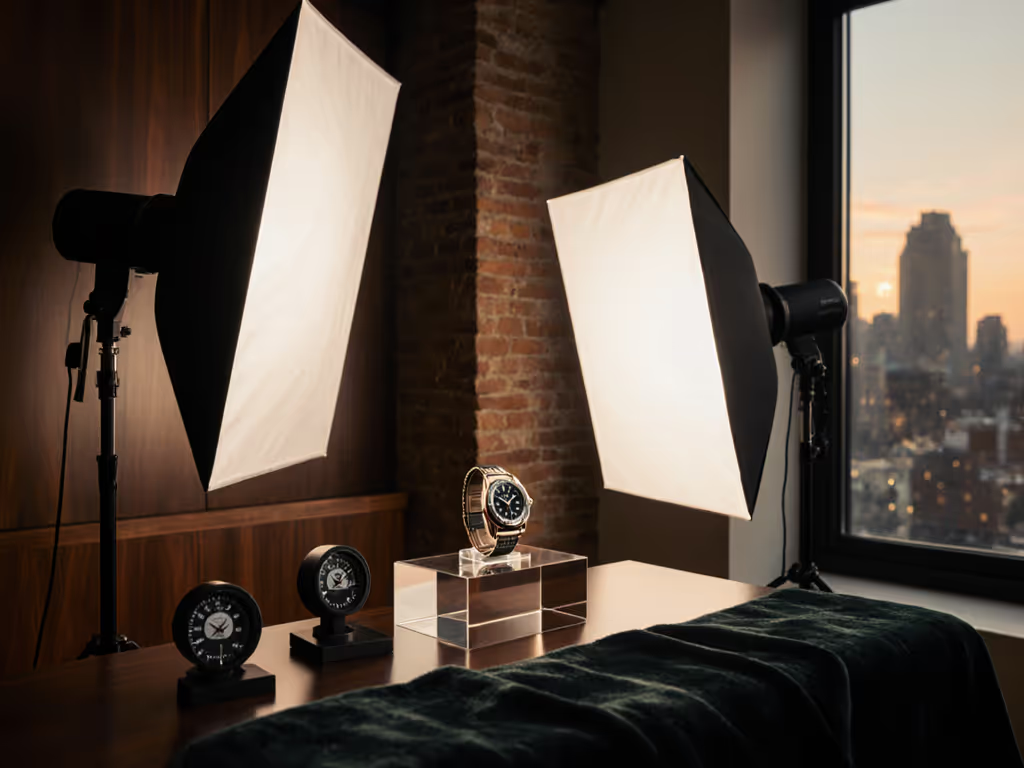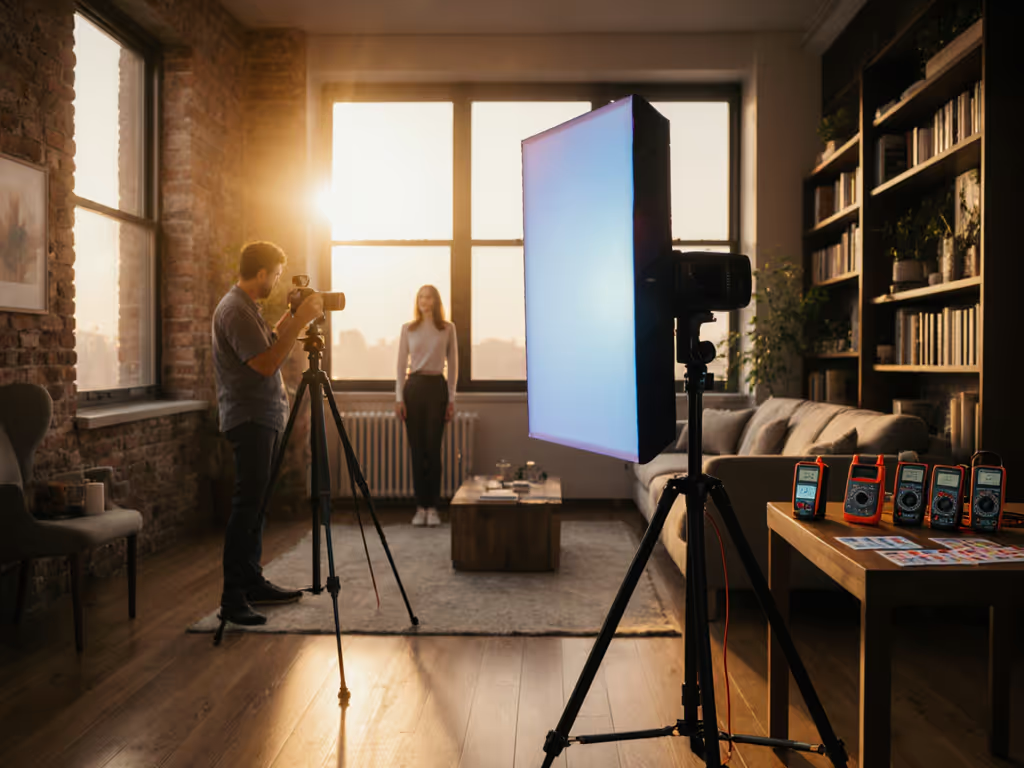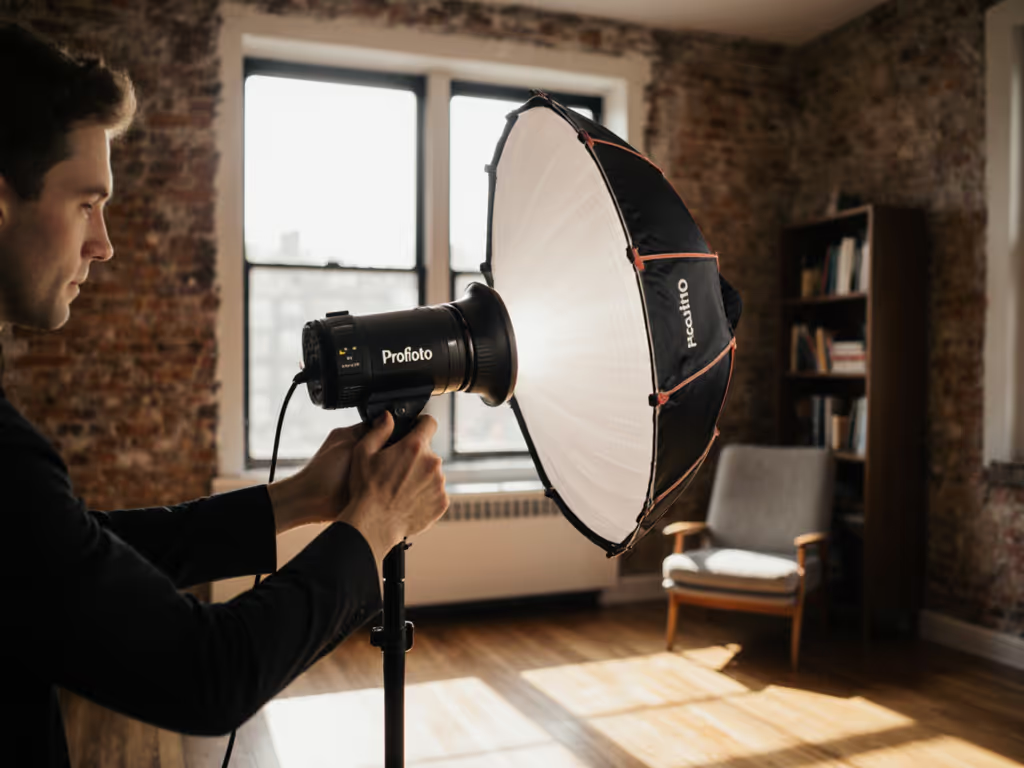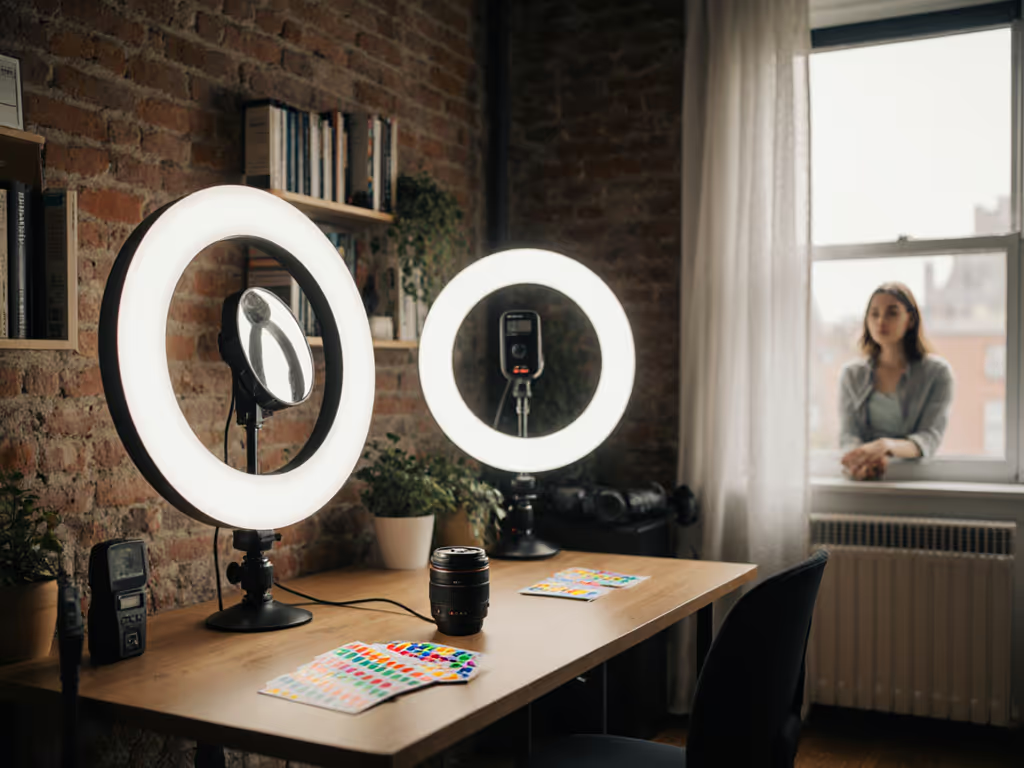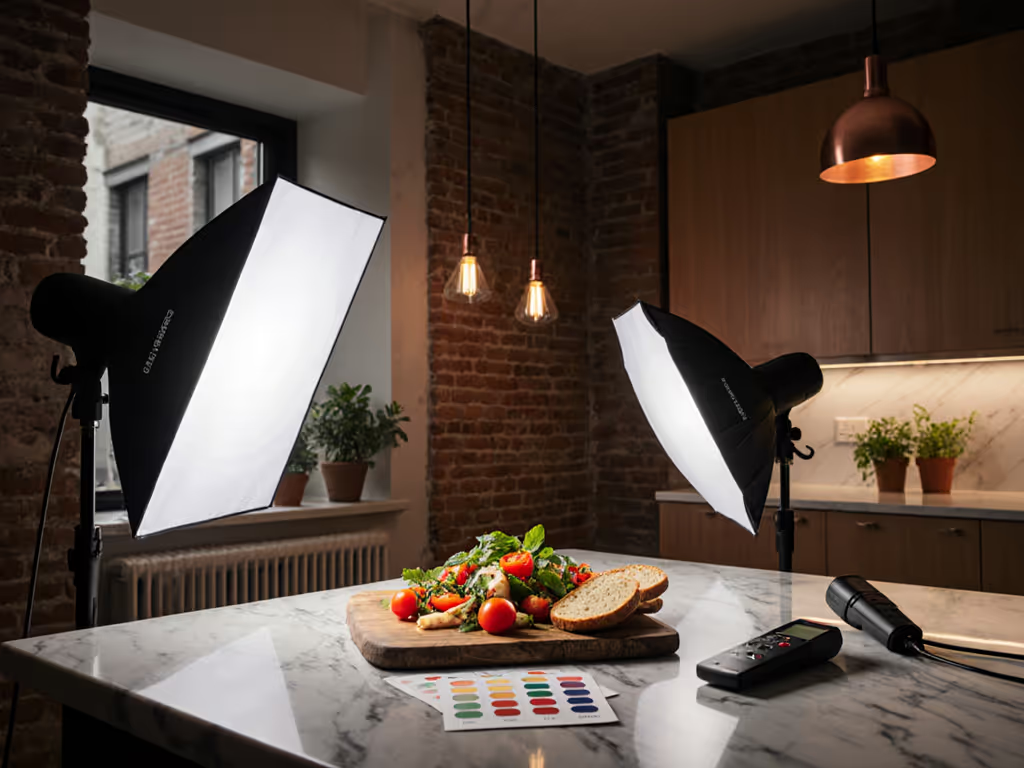
Best Food Photography Lighting: Top 5 Quiet Small-Space Kits
Light food shoots in tight spaces without tripping breakers or contaminating audio using five quiet, low-draw kits vetted for noise, thermal stability, and color accuracy. Apply the metrics and step-by-step checklist to audit circuits and build repeatable, color-true setups.

